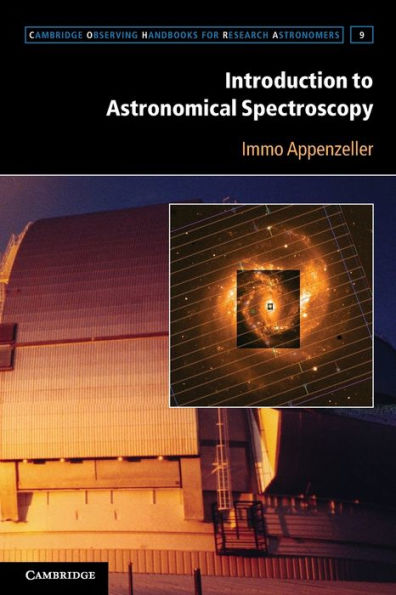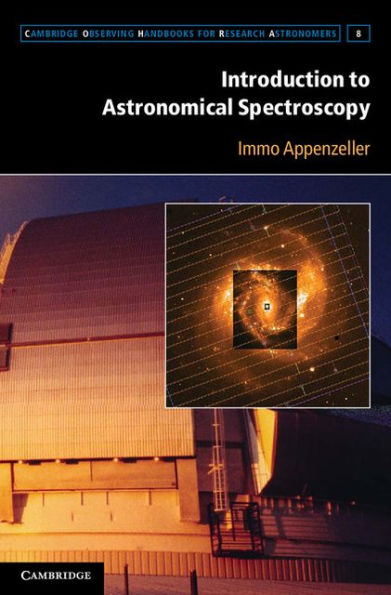Introduction to Astronomical Spectroscopy
Spectroscopy is the principal tool used in astronomy to investigate the Universe beyond Earth's atmosphere. Through the analysis of electromagnetic radiation, spectrographs enable observers to assess the chemical composition, kinematics, and local physical properties of distant stars, nebulae, and galaxies. Thoroughly illustrated and clearly written, this handbook offers a practical and comprehensive guide to the different spectroscopic methods used in all branches of astronomy, at all wavelengths from radio to gamma-ray, and from ground and space-borne instruments. After a historical overview of the field, the central chapters navigate the various types of hardware used in spectroscopy. In-depth descriptions of modern techniques and their benefits and drawbacks help you choose the most promising observation strategy. The handbook finishes by assessing new technologies and future prospects for deep-sky observation. This text is an ideal reference for today's graduate students and active researchers, as well as those designing or operating spectroscopic instruments.
1118726033
Introduction to Astronomical Spectroscopy
Spectroscopy is the principal tool used in astronomy to investigate the Universe beyond Earth's atmosphere. Through the analysis of electromagnetic radiation, spectrographs enable observers to assess the chemical composition, kinematics, and local physical properties of distant stars, nebulae, and galaxies. Thoroughly illustrated and clearly written, this handbook offers a practical and comprehensive guide to the different spectroscopic methods used in all branches of astronomy, at all wavelengths from radio to gamma-ray, and from ground and space-borne instruments. After a historical overview of the field, the central chapters navigate the various types of hardware used in spectroscopy. In-depth descriptions of modern techniques and their benefits and drawbacks help you choose the most promising observation strategy. The handbook finishes by assessing new technologies and future prospects for deep-sky observation. This text is an ideal reference for today's graduate students and active researchers, as well as those designing or operating spectroscopic instruments.
51.0
In Stock
5
1

Introduction to Astronomical Spectroscopy
268
Introduction to Astronomical Spectroscopy
268Paperback(New Edition)
$51.00
51.0
In Stock

Product Details
| ISBN-13: | 9781107601796 |
|---|---|
| Publisher: | Cambridge University Press |
| Publication date: | 12/17/2012 |
| Series: | Cambridge Observing Handbooks for Research Astronomers , #9 |
| Edition description: | New Edition |
| Pages: | 268 |
| Product dimensions: | 6.00(w) x 8.90(h) x 0.50(d) |
About the Author
From the B&N Reads Blog



